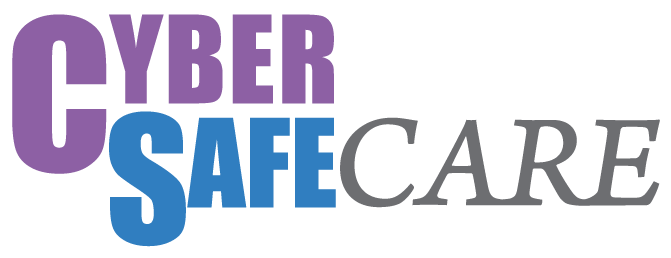The internet and the vast amount of information and imagery it offers can m ean that some content is not suitable for youth. The internet contains a wealth of valuable information, aimed at educating, entertaining and empowering youth. It also contains content that is discriminatory, hate-based, and overtly sexually and explicit in nature.
ean that some content is not suitable for youth. The internet contains a wealth of valuable information, aimed at educating, entertaining and empowering youth. It also contains content that is discriminatory, hate-based, and overtly sexually and explicit in nature.
Examples of explicit and questionable content
- Hate based on race, religion, gender;
- Real or simulated violence;
- Sexually explicit content and pornography;
- Self-harm, suicide, eating disorders, or risky behaviour.
Talk about sexual health
It is important to talk with youth about sexual health and development. Their knowledge, or lack thereof, of their changing body and questions about their sexuality may be why they are seeking out and viewing sexual imagery and pornography. Kids may be looking to the internet out of curiosity, and search engines may not always lead them down the right path or to the answers they are seeking. Being curious is OK. Kids are going to ask questions, and if they don't get the answers from a trusted adult they will look for answers online.
Media Smarts, in its tip sheet, Talking to Your Kids About Pornography, recommends having open and honest conversations about sex from an early age to empower youth and help them feel comfortable coming to you when they have questions or concerns. Talking about healthy relationships, online and in person, should also start at a young age. This will help youth – as they get older – learn to use a critical eye when they encounter sexual imagery online.
Are parental controls the answer?
Parental controls filter content and block specific sites, allowing you to monitor your child's internet use, although they may not filter unexpected – and unwanted – content that can appear as a result of using rather innocent search words. Unfortunately, an innocent search word can result in a child's first exposure to overt sexual imagery including pornography. Pornography can also be accessed through other, not-so-obvious means, such as Snapchat, via private message or text. Since hardcore images of sex, violence, hate, and self-harm can easily be found with the click of a mouse, it is important to be aware of what your kids are accessing online and to talk with them about what they are seeing, how it makes them feel, and why it may not be appropriate.
Sexual violence, pornography, and child pornography
Even with parental controls, accessing pornography and images of sexual violence is virtually impossible to avoid, which is why it is important to talk with your youth about the imagery they may see, or have already viewed. There is a wide range of pornography available for free online, from soft-core pornographic images to hard-core and extremely violent sexual imagery. If your youth has viewed some of these images, don't overreact, stay calm, and find out what led them to find the images, what they saw, what they think about what they have viewed, and provide to them a safe space in which to ask questions. In doing so, you can help teach them to think critically about what they are seeing.
Having honest conversations about what intimate images youth share is also important, as well as discussion around consent and the age of consent. Depending on the subject's age, those images could be deemed child pornography and against the law. Sending, receiving, or sharing a sexual image, if the person is underage, is a criminal offence.
Research shows that older kids are more likely to make purposeful visits to online porn sites; the figures rise from seven to 35 per cent between grades 7 and 11. - Media Smarts
Tips for talking about an Encounter with Explicit Content
- Have open, honest conversations with your child about what they are viewing and how it makes them feel.
- Make sure kids feel safe having these conversations and with asking questions, some of which may make you, as an adult, feel uncomfortable.
- Talk about the harms and dangers of sharing questionable content.
- Try to separate fact from fiction by asking kids about what they see, what their perception is of what they have seen, and discussing if what they have seen is a true depiction of reality.
- With young children, tighten up controls of your home's technology with stricter parental controls and discuss with them why these steps are being taken.
